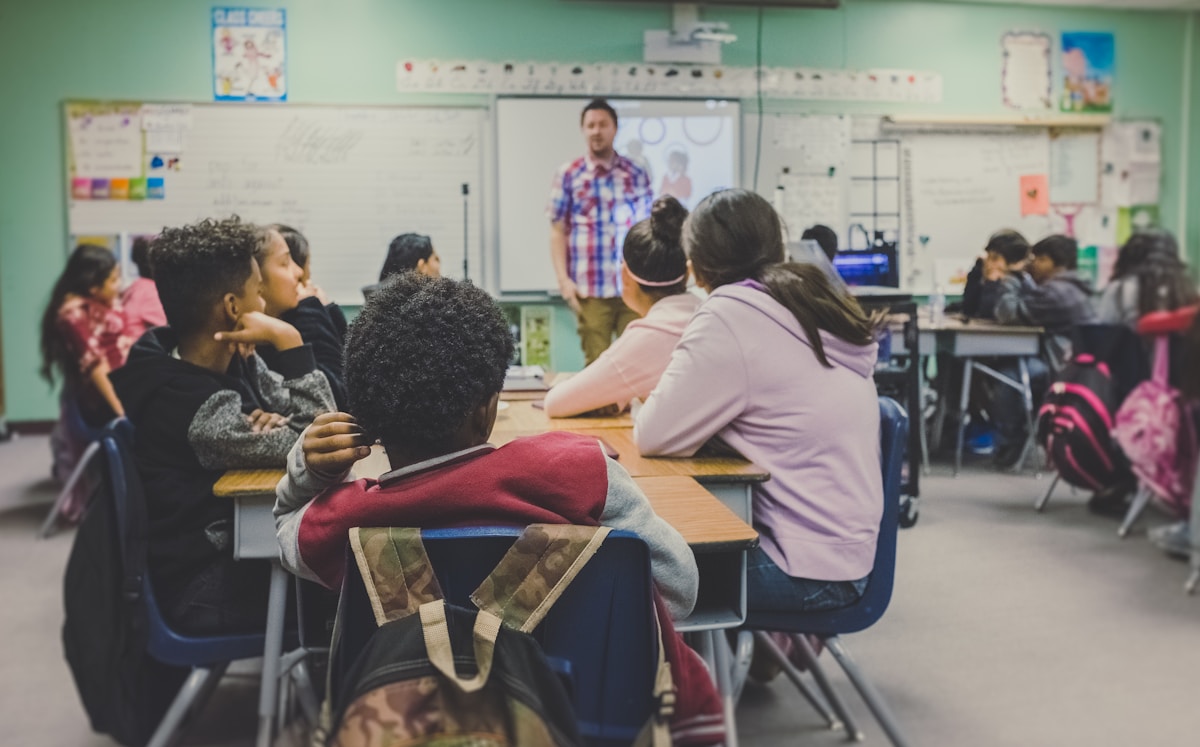Student Loan Forgiveness 2025: Complete Guide to Programs & Eligibility
Student Loan Forgiveness 2025: Complete Guide to Programs & Eligibility

With over $1.75 trillion in outstanding student loan debt affecting more than 43 million Americans, student loan forgiveness programs have become a critical lifeline for borrowers struggling with education costs. In 2025, significant changes have reshaped the forgiveness landscape, making it essential to understand your options and eligibility requirements.
What Is Student Loan Forgiveness?
Student loan forgiveness is a federal program that cancels part or all of your remaining federal student loan balance after you meet specific eligibility requirements. Unlike loan discharge or cancellation based on special circumstances, forgiveness typically requires years of qualifying payments and employment in designated fields.

The Department of Education administers several forgiveness programs, each designed to support different borrower situations—from public servants and teachers to those facing financial hardship or disability.
2025 Updates: Trump Administration Changes
In October 2025, the Trump administration reached a groundbreaking agreement with the American Federation of Teachers to resume processing student loan forgiveness under income-driven repayment plans that had been temporarily blocked.
Key developments include:
- Resumed IDR Processing: Income-Contingent Repayment (ICR) and Pay As You Earn (PAYE) plans now process forgiveness applications again, affecting over 2.5 million borrowers
- Tax-Free Relief in 2025: Borrowers who receive forgiveness this year won't owe federal taxes on the canceled amount—a temporary benefit expiring December 31, 2025
- SAVE Plan Status: The Saving on a Valuable Education (SAVE) plan remains in forbearance due to ongoing litigation
- Phase-Out Timeline: ICR and PAYE programs will be eliminated by July 1, 2028, under current legislation
Major Federal Student Loan Forgiveness Programs
1. Public Service Loan Forgiveness (PSLF)
Best for: Government and nonprofit employees
PSLF forgives your remaining Direct Loan balance after 120 qualifying monthly payments (10 years) while working full-time for a qualifying employer. This includes federal, state, tribal, or local government organizations, as well as 501(c)(3) nonprofits.
Benefit: The forgiven amount is completely tax-free—a significant advantage over income-driven repayment forgiveness.

2. Teacher Loan Forgiveness
Best for: Teachers in low-income schools
After teaching full-time for five consecutive academic years at a qualifying low-income elementary or secondary school, teachers can receive up to $17,500 in forgiveness ($5,000 for most subjects; $17,500 for math, science, and special education teachers).
3. Income-Driven Repayment (IDR) Forgiveness
Best for: Borrowers with high debt relative to income
IDR plans cap your monthly payment at 5-15% of discretionary income. After 20-25 years of qualifying payments, your remaining balance is forgiven. Available plans include:
- Income-Based Repayment (IBR)
- Income-Contingent Repayment (ICR)
- Pay As You Earn (PAYE)
- Saving on a Valuable Education (SAVE) - currently in forbearance
Important: Forgiveness through IDR may be taxable income, though this is waived through 2025.
4. Total and Permanent Disability Discharge
Best for: Borrowers with qualifying disabilities
If you have a total and permanent disability certified by a doctor, the Social Security Administration, or the Department of Veterans Affairs, you may qualify for complete loan discharge without tax liability.
5. Borrower Defense to Repayment
Best for: Victims of school fraud or misconduct
If your school misled you or engaged in unlawful conduct related to your loan or education, you may qualify for full loan discharge.

Who Qualifies for Student Loan Forgiveness?
Eligibility varies significantly by program, but general requirements include:
- Federal loans only: Private student loans don't qualify for federal forgiveness programs
- Direct Loans preferred: Some programs require Direct Loans; FFEL and Perkins Loans may need consolidation
- Employment requirements: Many programs require specific qualifying employment (public service, teaching, healthcare, etc.)
- Payment history: Consistent, on-time payments under qualifying repayment plans
- Time commitment: Programs typically require 5-25 years of qualifying payments
Quick tip: Use the Department of Education's PSLF Help Tool to determine your eligibility and track your progress toward forgiveness.
How to Apply for Student Loan Forgiveness
Follow these steps to apply for forgiveness:
- Identify your loan type: Log into StudentAid.gov to confirm you have federal loans
- Determine eligibility: Review program requirements for your profession and situation
- Enroll in qualifying repayment plan: Switch to an eligible income-driven plan if needed
- Submit required documentation: For PSLF, submit the Employment Certification Form annually
- Make qualifying payments: Continue payments while tracking your progress
- Apply for forgiveness: Submit your forgiveness application after meeting all requirements
- Stay in contact with your servicer: Maintain communication throughout the process
Processing times vary: PSLF applications typically process within 90 days, while IDR forgiveness may take 3-6 months.
Frequently Asked Questions
Will I owe taxes on forgiven student loans?
It depends on the program. PSLF forgiveness is completely tax-free. IDR forgiveness was previously taxable, but through December 31, 2025, federal student loan forgiveness is tax-free. After 2025, IDR forgiveness may again be treated as taxable income unless Congress extends the exemption.
Can I qualify for PSLF if I work for a nonprofit?
Yes! Any 501(c)(3) tax-exempt nonprofit organization is a qualifying employer for PSLF. You must work full-time (at least 30 hours/week) and make 120 qualifying monthly payments while employed there.
What happens if my forgiveness application is denied?
If denied, you'll continue making regular loan payments under your current plan. Contact your loan servicer to understand why you were denied and whether you can appeal or reapply. You may need additional documentation or to meet other requirements first.
Do Parent PLUS loans qualify for forgiveness?
Parent PLUS loans can qualify for PSLF if the parent works in qualifying public service employment. For IDR forgiveness, Parent PLUS loans must first be consolidated into a Direct Consolidation Loan to access the Income-Contingent Repayment plan.
Are private student loans eligible for forgiveness?
No. Federal student loan forgiveness programs only apply to federal loans issued by the Department of Education. Private loans from banks or other lenders are not eligible. However, some states and employers offer private loan repayment assistance programs.

Take Action Today
Student loan forgiveness can provide life-changing financial relief. Don't wait—start your application process now and share this guide with others who could benefit!
Last updated: October 21, 2025